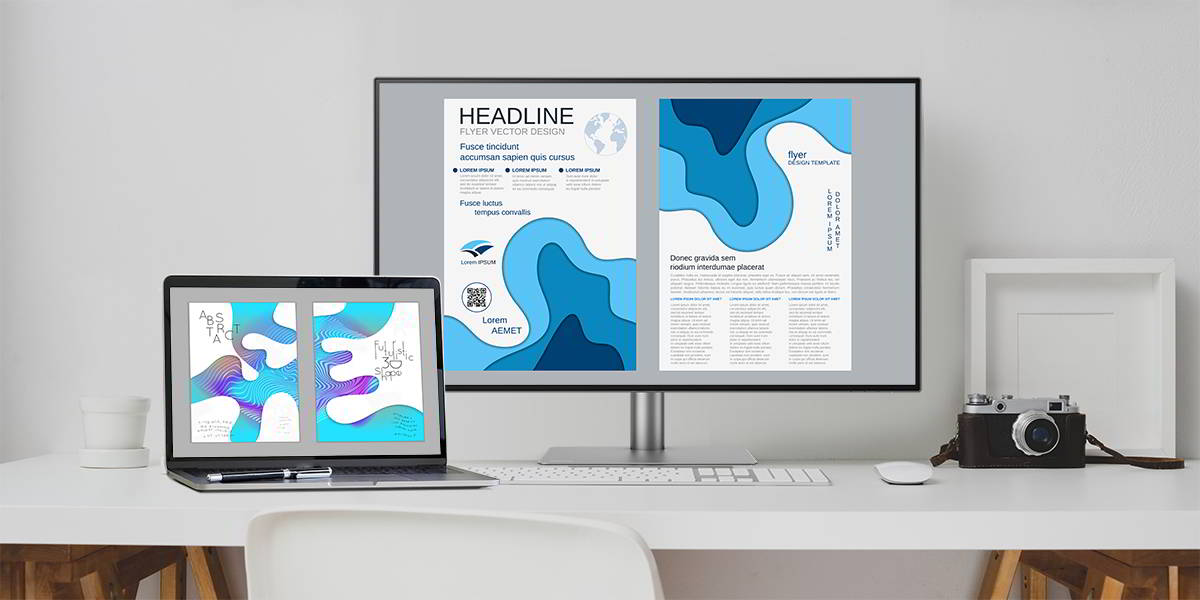

There’s also no noticeable performance hit, whereas on my old laptop, using a scaled resolution would cripple it. On the new 13” MacBook Pro, it’s not, so whatever scaling algorithms they’re using now are much better. On my old 15” MacBook Pro, which was one of the first retina displays, using one of the scaled modes was noticeably blurry. The scaling has come a long way since the first retina displays, though.

To make it easier to switch on the fly I use a little utility called One Switch, which comes as part of the Setapp bundle. Again, it’s so unusual you are taken aback the first time you do it. Oh, and when you change resolutions, the change is instant with no blackout. I much prefer this, and it definitely looks better, but I can pop back to a higher scaled option if I need the real estate. It actually started to give me a headache, so I ended up dropping it one notch to what is actually the 2X native resolution of the LCD panel. The one annoying thing is that the default resolution on the 13” is scaled, even though it tells you it’s the “default” resolution for the display. This isn’t really a Mac-specific thing, but rather the fact that I had been used to older systems. Images and video look amazing on this screen, and it’s not a particularly high-level or quality screen. For example, wide gamut displays and Retina display technology has come a long way. The other thing that it made me realise, was how far behind the technology curve I was. It’s such a different experience, it almost doesn’t feel like using a Mac. And while processing and benchmarks may paint an impressive picture, what doesn’t come across in the numbers is the overall responsiveness. Overall Impressionsįirst of all, everything you read is true. As my laptop was also old (2012 MacBook Pro) and I needed to replace that, I decided to take the plunge and embrace the future with an M1 MacBook Pro. The newest operating system I could use was macOS 10.14 Mojave and there were starting to be applications that just wouldn’t run on it. My main workstation was an ageing 2012 Mac Pro, which despite its age was working perfectly for why I needed.
#Best mac computer for photographers driver
But even when you’re not editing photos, any of these laptops will also be great as your daily driver for work and school.I’ve been working of a pretty old computer for some time now. Both provide great options for photo editing, it’s just a matter of what OS you feel more comfortable using.īelow you’ll find our recommendations for the best laptops for photo editing available. Raw files can take up a lot of storage on a computer and working with a lot of filters and tools in Photoshop can really crank on your computer’s RAM and processing.īuild – Are you team Mac or PC? It used to be that Macs were the only way to go for photo or video editing, but that rhetoric is just silly now. Memory and storage – You’re going to want something with at least 8GB of RAM and 128GB of storage.
#Best mac computer for photographers 1080p
Anything less than 1080P won’t cut it, but thankfully all the options below have incredible display technology. When looking for a laptop worthy of photo editing, here are some things you should consider:ĭisplay – It starts with the display. What makes a good laptop for photo editing?Ī good photo editing laptop will have better components than your average daily driver.

Now the best laptops are not only sleek and portable, but crazy powerful to handle even the most intensive of editing projects. Gone are the days where you needed a desktop computer to have enough processing power for photo editing projects.


 0 kommentar(er)
0 kommentar(er)
